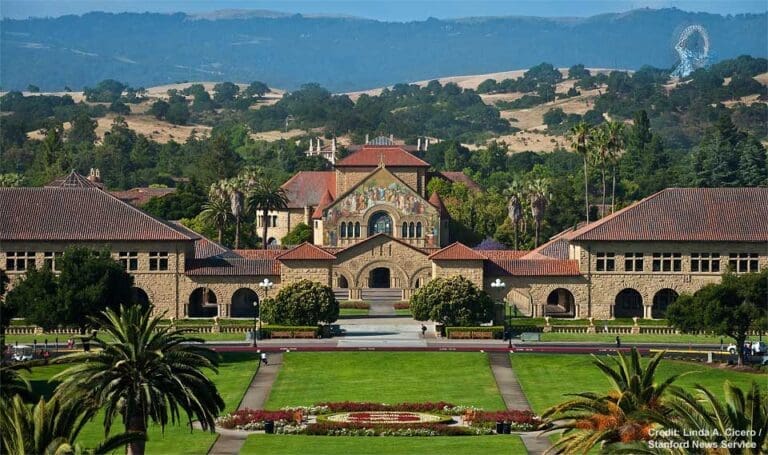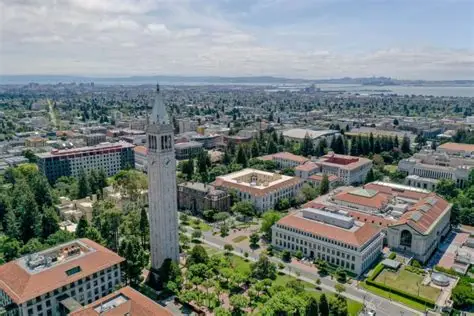
Every year, Forbes releases its highly anticipated rankings of U.S. colleges, assessing institutions based on a diverse range of factors that reflect their commitment to providing a top-notch education. The c rankings are a popular way to compare the quality of different colleges in the United States. The rankings are based on several factors, including graduation rates, student debt, and alumni salaries.
The increasing importance of affordability is another factor that is driving the changes in the rankings. The rising cost of college has made it increasingly difficult for students to afford a college education. This is why affordability is now a major factor in the Forbes rankings.
The growing emphasis on student outcomes is also a factor that is driving the changes in the rankings. Colleges are now more focused on providing students with the skills and knowledge they need to succeed in their careers. This is why the Forbes rankings now include factors such as alumni salaries and job placement rates.
In the ever-shifting landscape of higher education, Forbes’ annual college rankings serve as a beacon of insight into the state of academia, revealing not just who’s at the top, but also the evolving trends and priorities that define excellence in education. The recent release of the Forbes College Rankings for 2023 has once again ignited discussions about the ever-evolving landscape of higher education. As we delve into the differences between the 2022 and 2023 rankings, we uncover a story of transformation, aspiration, and a paradigm shift in educational values.
A Change in Ivory Tower Dominance
One of the most striking differences between the 2022 and 2023 Forbes rankings is the change in the Ivy League’s dominance. In a world where academic prestige often equates to the golden gates of the Ivy League, the change in leadership between the 2022 and 2023 Forbes rankings serves as an emblem of shifting tides. While the Massachusetts Institute of Technology (MIT) claimed the throne in 2022, the 2023 rankings see Princeton University rise to the zenith. This shift isn’t just about a reshuffling of laurels; it’s a testimony to a broader recognition of academic excellence that extends beyond the STEM-centered institutions that have traditionally dominated the top spots.
Princeton’s ascent signifies a transition towards a more holistic understanding of educational value. Its ability to balance exceptional median early-career salaries with an impressive 98% six-year graduation rate underscores a commitment to producing not only well-trained post-graduates but also individuals who are deeply engaged with their fields, their communities, and the world at large.
Public Institutions Rising
One of the most heartening trends over the past year is the ascent of several public institutions in the Forbes rankings. The 2023 list boasts the University of California, Berkeley, the University of Michigan, Ann Arbor, the University of Virginia, and the University of Maryland, College Park within its top tier. This phenomenon signals a growing acknowledgment of the substantial contributions made by public universities in delivering quality education and favorable outcomes for students. This resurgence is a nod to the tireless work of public institutions in expanding access, advancing research, and fostering innovation, all while upholding a commitment to affordability and quality education. It’s a testament to their commitment to accessible education and robust academic environments.
The public university revival signals an era where access and excellence are not at odds. It’s a declaration that impactful education can thrive in institutions that embrace diversity, cater to the needs of a wide array of students, and cultivate learning environments that are as inclusive as they are intellectually stimulating.
Holistic Excellence in Education
The shift in the 2023 rankings also reveals a growing emphasis on institutions that excel across various disciplines and offer holistic educational experiences. The presence of liberal arts colleges such as Williams, Amherst, and Swarthmore in the top echelons underlines the significance of a well-rounded education. These colleges, which often prioritize small class sizes and close student-faculty interactions, are gaining recognition for nurturing critical thinking skills, fostering creativity, and instilling a lifelong love for learning.
The prominence of liberal arts colleges in the rankings illuminates a larger truth: a complete education encompasses not just job-market skills, but also intellectual curiosity, creativity, and the ability to grapple with complex problems from a multitude of angles. It’s a shift from a utilitarian education that simply produces workers to a transformative experience that shapes thinkers and leaders.
Evolving Student Outcomes
As the higher education landscape changes, so do the expectations of students and employers. The 2023 rankings reflect an ongoing commitment to measuring outcomes that go beyond graduation rates and early-career salaries. Factors such as opportunities for low-income students, diversity, and community engagement play a more pronounced role in the evaluations.
This transformation in evaluation criteria signifies an acknowledgment that education’s worth isn’t solely measured by economic outcomes but by its impact on society, equity, and global progress.
A Shifting Paradigm of Excellence
The shift in Forbes College Rankings from 2022 to 2023 mirrors the evolving priorities of higher education in the United States. While traditional powerhouses like MIT and Stanford remain significant, the recognition of institutions like Princeton, which prioritize not only academic excellence but also holistic student development, underscores a broader definition of quality education. The ascent of public institutions and liberal arts colleges signifies a changing perception of where educational excellence thrives. The renaissance of public institutions challenges traditional hierarchies, proving that accessibility and exceptional education can coexist.
These rankings serve as a reminder that excellence is not a static concept. It adapts to the needs of society, the aspirations of students, and the advancements in teaching and learning. As we celebrate the institutions that have secured their spots at the pinnacle of the Forbes rankings, we must also acknowledge the broader educational ecosystem that plays an essential role in shaping the leaders, thinkers, and innovators of tomorrow.
Moreover, the rise of liberal arts colleges signals a broader appreciation for well-roundedness and intellectual exploration. As the metrics of success evolve, the rankings remind us that education’s value is measured in its ability to shape minds, instill values, and foster a lifelong passion for learning. The Forbes College Rankings aren’t merely a list; they’re a narrative of transformation, an ode to progress, and a call to reimagine education for a future that’s as complex as it is promising.








